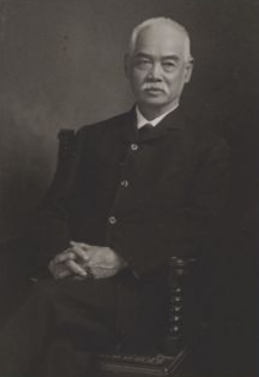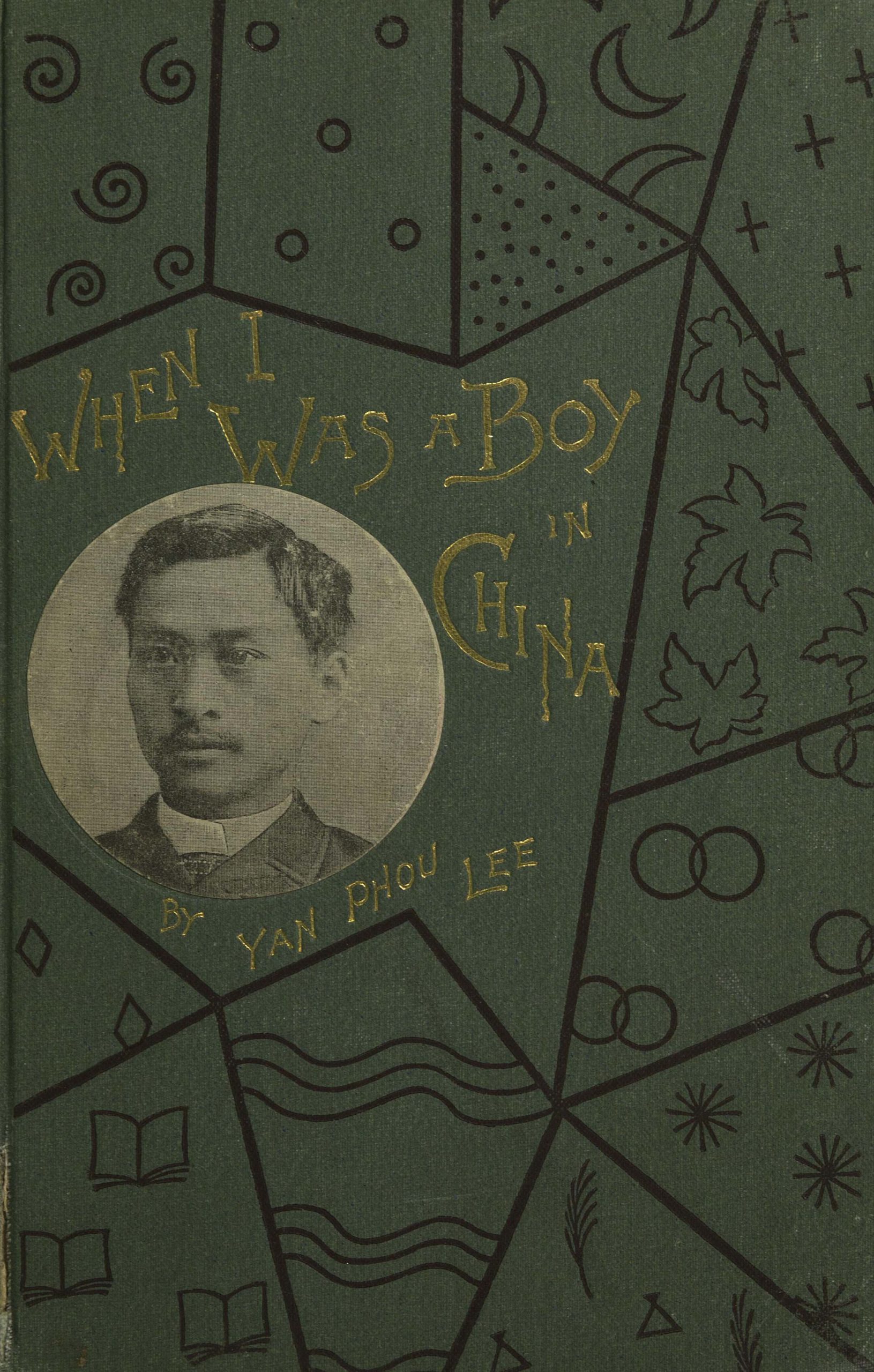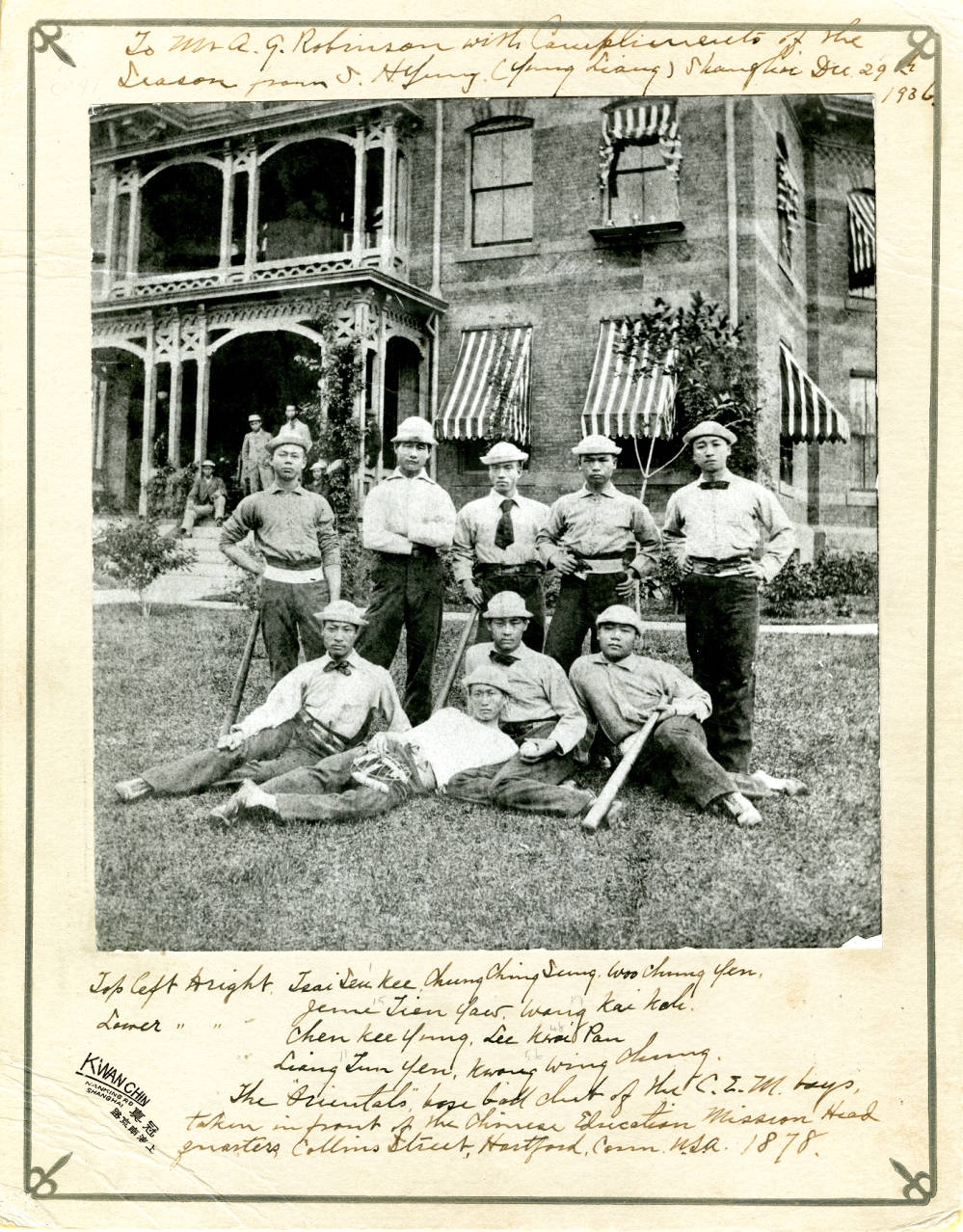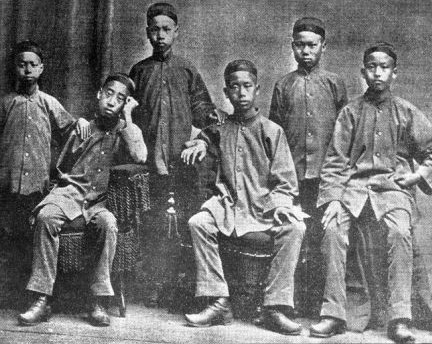Ben Railton
Fitchburg State University
TEACHER'S SNAPSHOT
Subjects:
Asian Americans, Education, Foreign Policy, Immigration, Literature
Course Topics/Big Ideas:
Cultural Diversity and an American National Identity, Role of Connecticut in U.S. History
Grade:
High School
Lesson Plan Notes
In the early 1870s, 120 young Chinese boys arrived in Hartford, the first classes of students at Yung Wing’s Chinese Educational Mission (CEM). This school, formed as a result of Yung’s own experiences as a Chinese American immigrant and student, offered the students education in both American and Chinese culture, language, and history. It also exposed them to the “New England influences” that had been so formative for Yung in his high school and college years (at Monson Academy in Massachusetts and then Yale University). Before the anti-Chinese attitudes of the Exclusion era forced the school’s closure in 1880, these young men had been profoundly affected by their experience and had likewise begun to contribute to the region and nation. Their lives and futures, like Yung’s own multigenerational Chinese American family, continued to have an impact on both the United States and China for decades to come.
ESSENTIAL QUESTION
SUPPORTING QUESTIONS
- What were Yung Wing’s goals for the school and students?
- What do we know about the students’ lives and identities?
- How does the CEM represent an alternative to the ideas behind the Chinese Exclusion Act?
- How does learning this history affect your overall understanding of Connecticut and American history?
ACTIVITY
1) Break the class into pairs or two larger groups. Assign one group/half of each pair to read and annotate the relevant chapters in Yung Wing’s autobiography and the other half to read and annotate the chapters from Yan Phou Lee’s autobiography.
2) Students will consider how each writer frames and describes the Chinese Educational Mission and their own experience with it, especially as it relates to cultural identity.
3) Have students discuss their findings with their partners or other group.
4) Students will examine the two photographs provided in the toolkit using the Library of Congress Primary Source Analysis Tool to guide the inquiry and compile observations, interpretations, and further questions.
5) Discuss as a class (or in smaller groups) how these sources help us begin to answer the supporting and compelling questions and what other types of sources would be helpful.
OPPORTUNITIES FOR ASSESSMENT
- In pairs, students will visit the Chinese Educational Mission Connections site and select 2-3 students from the directory to focus on (or the teacher can assign these, to ensure that groups look at different students.) Using the details provided on the CEM Connections site, describe their lives in China, their time in America, and the rest of their lives post-CEM. What, if anything, does the information available reveal about how participating in the Chinese Educational Mission affected each student and/or the United States or China in general. Share with the rest of the class.
- Students will consider what a monument or historic site dedicated to the Chinese Educational Mission in Hartford would look like and will present their proposals in writing, sketches, digitally, or in combination.
- Students will consider the motivations and goals behind both the Chinese Educational Mission and the Chinese Exclusion Act and write an essay or create a presentation comparing and contrasting the two and placing them both into the larger historical context of the late 19th century.
RESOURCE TOOL KIT

Yung Wing. My Life in China and America. New York: H. Holt and Company, 1909. Focus especially on chapters XVI, XVII, and XIX (16, 17, and 19).

Yan Phou Lee. When I Was a Boy in China. Boston : D. Lothrop, 1887. Focus on chapters XI and XII (11 and 12).
When I Was a Boy in China was the first book published in English by an Asian American author.

The “Orientals” Baseball Club at the Chinese Educational Mission (中國留美幼童 Zhongguo liumei you tong) Headquarters, Hartford, Connecticut, 1878. Thomas La Fargue Papers, Washington State University Libraries’ Manuscripts, Archives, and Special Collections (MASC).

The First Chinese Students on Their Arrival, 1872. Newspaper clipping, Ms 81877. Connecticut Museum of Culture and History.
ADDITIONAL RESOURCES
Places to GO
Yale University, where many of the Chinese students attended college
Mark Twain House, for a glimpse into Hartford at the time and the life of Samuel Clemens, who became an advocate for the Chinese Educational Mission
Connecticut Museum of Culture and History, which has a large collection of Chinese Educational Mission-related material in its research collection
Things To DO
Visit the site of the Chinese Educational Mission headquarters in Hartford (352 Collins Street) and talk about what creating a historic site there might entail.
Look at other photographs and artifacts related to the Chinese Educational Mission on the Connecticut Digital Archive (CTDA).
Websites to VISIT
Articles to READ
ConnecticutHistory.org:
- “Yung Wing, the Chinese Educational Mission, and Transnational Connecticut” by Ben Railton
- “Yung Wing’s Dream: The Chinese Educational Mission, 1872-1881” by Barbara Austen
Railton, Ben. “Considering History: Baseball, Chinese Americans, and the Worst and Best of America.” Saturday Evening Post, May 11, 2020.
Ulbrich, Weston. “Yung Wing & Hartford’s Chinese Base Ball Club.” The Bat and Ball, January 28, 2020.
Branch, Mark Alden. “Neither Here nor There.” Yale Alumni Magazine, May/Jun 2021.



